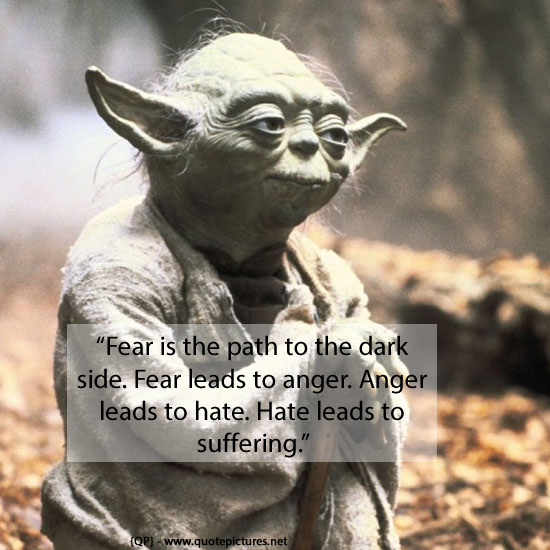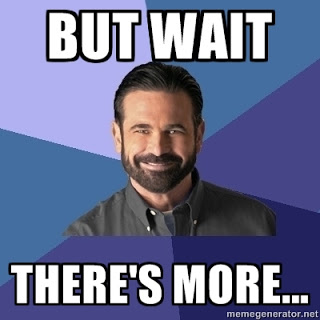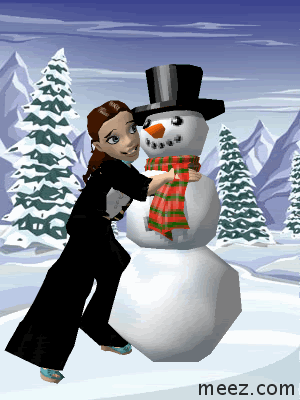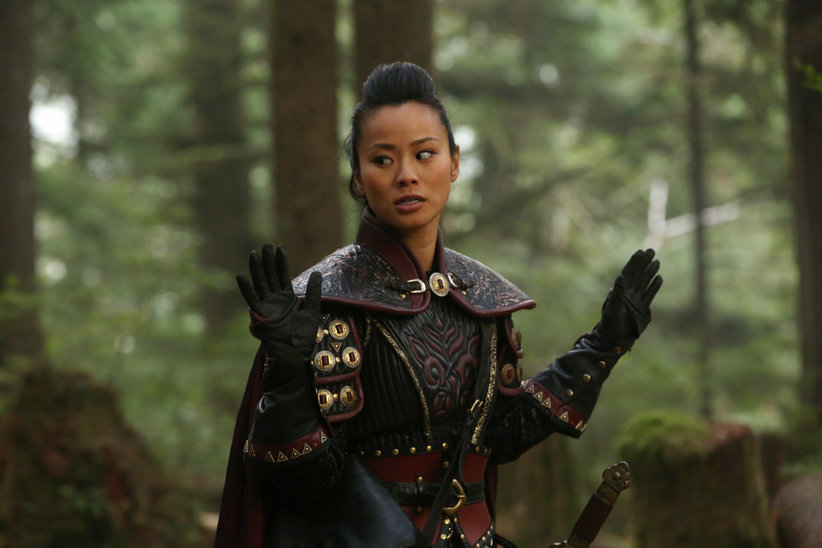Hello, GUARDians, Agent Denise here with another guest article. You might remember Andrew Linde from his completist review of all things Gatsby. This time he’s back with some curious insight into Disney’s newest flick FROZEN.
Frozen is Disney’s latest animated effort featuring the voice talents of Kristen Bell and Idina Menzel as royal sisters who have to deal with magical ice powers. Before I go into the meat of my article, I want to say that I did enjoy the film. Anyone who didn’t cry during the song “Do You Want to Build a Snowman?” has an icy heart. Between the tragedy of broken sibling connections and the comedy of a snowman who dreams of summer, Frozen makes it all work. But this isn’t a review. I want to take a look at what one character might represent or could be interpreted as. So there will be some spoilers!
Elsa and Anna are daughters of the King and Queen of Arendelle. Elsa was born with the power to create snow and ice. The film opens with the girls playing, Anna pushing her sister to do more and more elaborate ice tricks, until Anna is struck by some ice magic. The only way to heal her and stop her from turning to ice is removing any memory she has of the magic. Elsa is then scared of hurting anyone else with her power. Her parents lock her away and her mantra becomes, “Conceal, don’t feel.” This is their best plan of action, even after a prophecy that states fear is the way to the dark side.
Several years later, the King and Queen are lost at sea and Elsa is now of age to become Queen. She must take part in a coronation ceremony and the castle will be open to guests. She is unable to hide behind the walls and away from others. Anna falls in love with the first guy she sees. What else could she do after being held prisoner in her own home? When Elsa doesn’t approve of the suitor, she fires off some ice magic unintentionally and scares the whole kingdom. She then must flee as the townspeople shout, “Sorceress!”
When Elsa escapes to the mountains, she makes her own ice castle while singing, “Let it Go.” This is her song of affirmation. She sings she “finally can breathe.” She isn’t the villain of this story, despite Disney’s usual love of making the magic-user the bad guy(Ursula, Jafar, Doctor Facilier, the Wicked Queen, Yzma). In fact, by following the prophecy of the rock trolls and not letting fear overtake her powers, she can build quite a nice castle, a lovable snowman, and a strong ice golem. And her sister, Anna, isn’t even mad. Anna goes looking for Elsa despite the winter wasteland the kingdom has become just to talk things out.
Let me reframe this story in a different light now. Imagine if Elsa didn’t have ice powers. Imagine instead, for the purposes of this entry only, that her real secret is that she is gay. When I left the theatre I couldn’t help but notice some parallels between Elsa’s struggle and what some individuals deal with today. Elsa is taught by her parents at a young age to “conceal, don’t feel.” She is asked to hide who she truly is because it might upset others. Her escape to the mountains and acceptance of her powers as who she is can also be seen this way. After leaving what is familiar and being allowed to find herself, she isn’t forced into a mold.
In fact, Elsa’s shame and misplaced fear of herself can apply to anyone struggling with an identity crisis. I think it is only in Frozen’s pro-female story that I specifically pick up on the hidden-self vibe as gay. During a scene with ballroom dancing, the man romancing Anna remarks how he couldn’t get close to her sister. This is clearly about her fear of ice powers, but that isn’t the only reason to brush off a dancing partner. Under normal Disney guidelines, by the end of the film, Elsa’s goofy snowman would turn out to be the snowman of her dreams.
I must again state how refreshing it is that Elsa isn’t the villain. She is extremely sympathetic and only wants to help her kingdom by hiding her true self. The actual baddie is using her plight to benefit, or at least tries. The man who wooed Anna is trying to push out the sisters and claim Arendelle for himself. By making Elsa an empowered female hero, Disney is finally setting a template for girls who don’t want to be Cinderella.
Now, I’m not saying we’re looking at Disney’s first gay princess(that’s Mulan, guys, don’t you watch ABC’s Once Upon a Time? gosh). But this is a big step for the heteronormative mouse. Also Frozen doesn’t have its ending hinge upon whether or not one of the sisters will get married. Not even Princess Diaries 2: Royal Engagement could avoid that fate. Frozen instead hinges the safety of an entire kingdom on two sisters reconciling ten years of uneasy friendship. In the end, it is truly about sisters accepting each other for who they are.
Andrew Linde is the cofounder of The Benview Network with Matt Benson. He hosts weekly pop culture/movie podcast Nerd’s Eye View and Community recap podcast shut up, leonard.






Comments